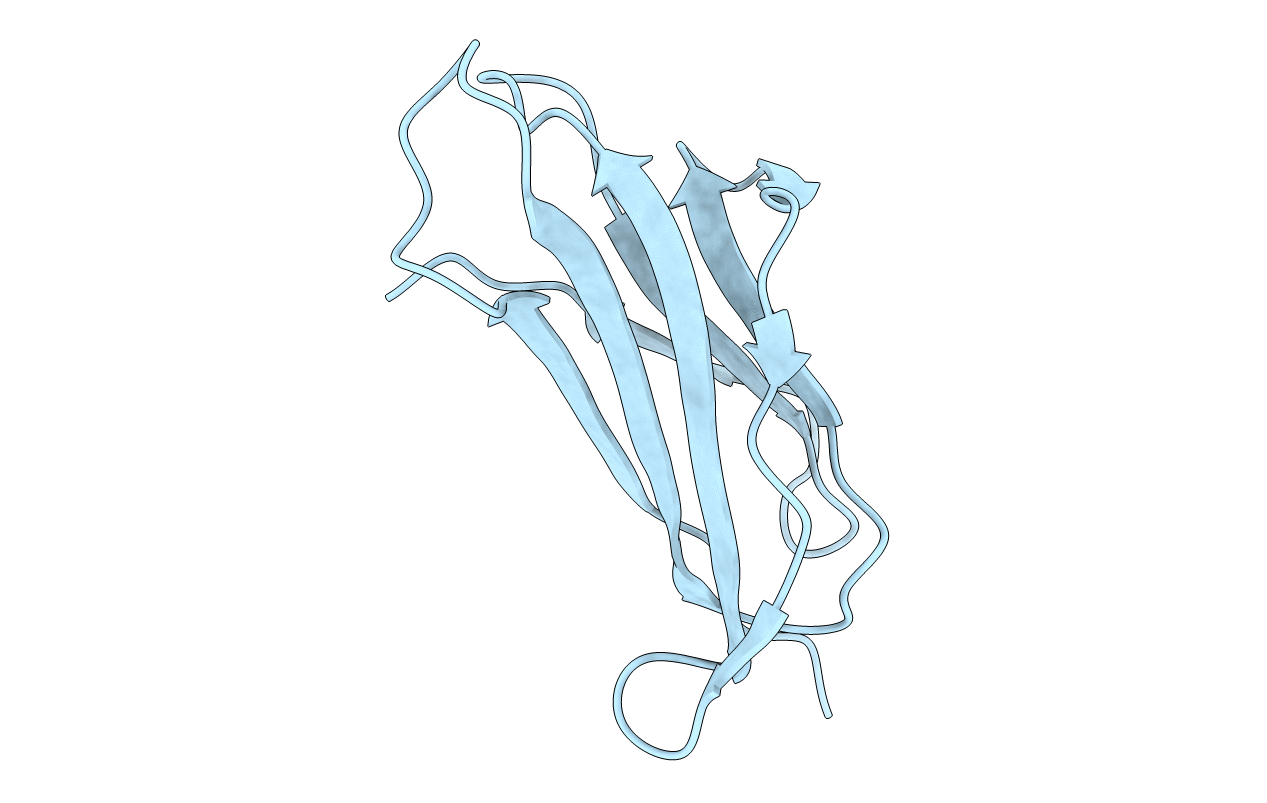
Deposition Date
2019-06-08
Release Date
2019-09-18
Last Version Date
2024-11-06
Entry Detail
PDB ID:
6K7U
Keywords:
Title:
Crystal structure of beta-2 microglobulin (beta2m) of Bat (Pteropus Alecto)
Biological Source:
Source Organism:
Pteropus alecto (Taxon ID: 9402)
Host Organism:
Method Details:
Experimental Method:
Resolution:
1.60 Å
R-Value Free:
0.20
R-Value Work:
0.19
R-Value Observed:
0.19
Space Group:
C 2 2 21


